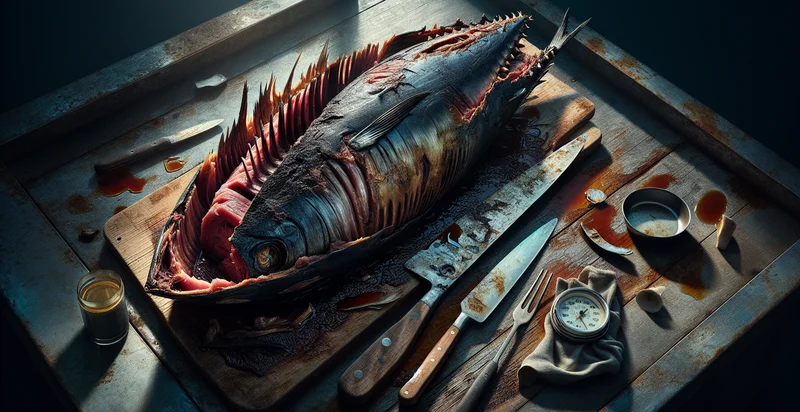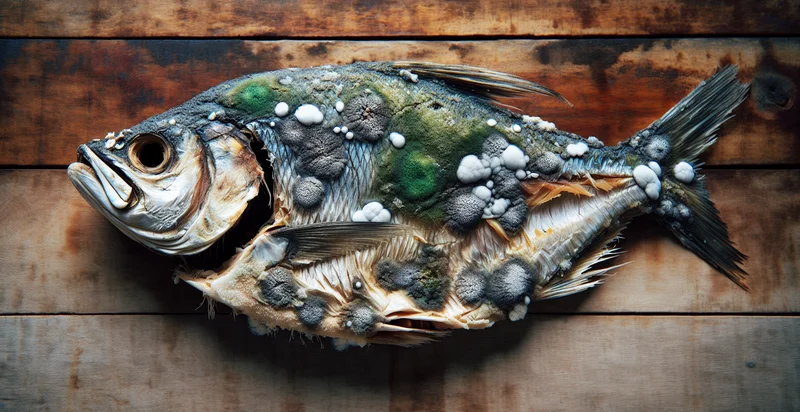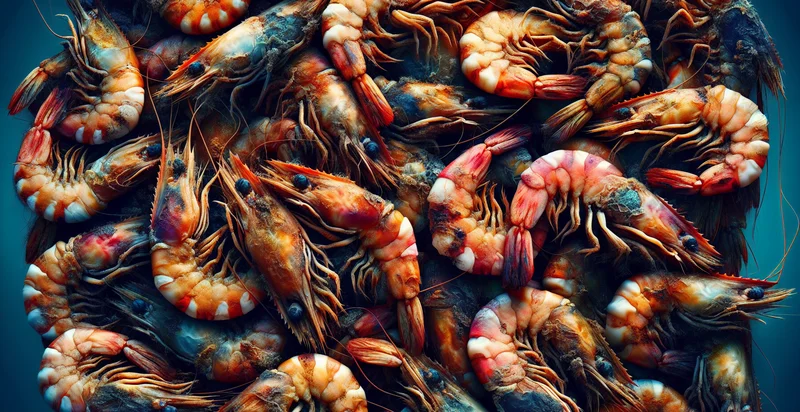Identify if tuna is rotten
using AI
Below is a free classifier to identify if tuna is rotten. Just upload your image, and our AI will predict if the tuna is rotten - in just seconds.

Contact us for API access
Or, use Nyckel to build highly-accurate custom classifiers in just minutes. No PhD required.
Get started
import nyckel
credentials = nyckel.Credentials("YOUR_CLIENT_ID", "YOUR_CLIENT_SECRET")
nyckel.invoke("if-tuna-is-rotten", "your_image_url", credentials)
fetch('https://www.nyckel.com/v1/functions/if-tuna-is-rotten/invoke', {
method: 'POST',
headers: {
'Authorization': 'Bearer ' + 'YOUR_BEARER_TOKEN',
'Content-Type': 'application/json',
},
body: JSON.stringify(
{"data": "your_image_url"}
)
})
.then(response => response.json())
.then(data => console.log(data));
curl -X POST \
-H "Content-Type: application/json" \
-H "Authorization: Bearer YOUR_BEARER_TOKEN" \
-d '{"data": "your_image_url"}' \
https://www.nyckel.com/v1/functions/if-tuna-is-rotten/invoke
How this classifier works
To start, upload your image. Our AI tool will then predict if the tuna is rotten.
This pretrained image model uses a Nyckel-created dataset and has 2 labels, including Tuna Is Fresh and Tuna Is Rotten.
We'll also show a confidence score (the higher the number, the more confident the AI model is around if the tuna is rotten).
Whether you're just curious or building if tuna is rotten detection into your application, we hope our classifier proves helpful.
Related Classifiers
Need to identify if tuna is rotten at scale?
Get API or Zapier access to this classifier for free. It's perfect for:
- Quality Control in Seafood Processing: This function can be integrated into the quality control process at seafood processing plants to automatically assess the freshness of tuna. By identifying rotten tuna, companies can reduce waste, ensure product quality, and maintain compliance with health regulations.
- Retail Freshness Monitoring: Supermarkets and fish markets can employ this function to monitor the quality of tuna in real-time. By detecting rotten products early, retailers can enhance customer satisfaction and minimize returns while ensuring that only fresh products reach consumers.
- Supply Chain Management: Logistics companies can use this identifier to evaluate the condition of tuna during transport. By analyzing tuna freshness at various points in the supply chain, businesses can optimize delivery routes, reduce spoilage, and improve inventory turnover.
- Restaurant Inventory Control: Restaurants can utilize this function to assess their stored tuna before use. This proactive measure allows chefs to avoid incorporating spoiled ingredients into dishes, thereby enhancing food safety and overall meal quality.
- Consumer Product Apps: Mobile applications aimed at home cooks can implement this identifier to help users assess the freshness of tuna purchased from markets. This feature empowers consumers with knowledge about food safety, helping them make informed decisions regarding meal preparation and waste reduction.
- Sustainable Fishing Initiatives: Environmental organizations can use this classification function within programs aimed at promoting sustainable fishing practices. By identifying rotten tuna, they can evaluate fishing methods, assess the health of fisheries, and advocate for better handling practices to ensure the sustainability of marine resources.
- Research and Development: Food scientists in laboratories can apply this function in studies focused on food preservation techniques and spoilage analysis. Understanding the factors that cause tuna to rot can lead to improved preservation methods, extending shelf life and boosting food safety in the industry.


